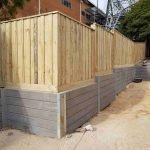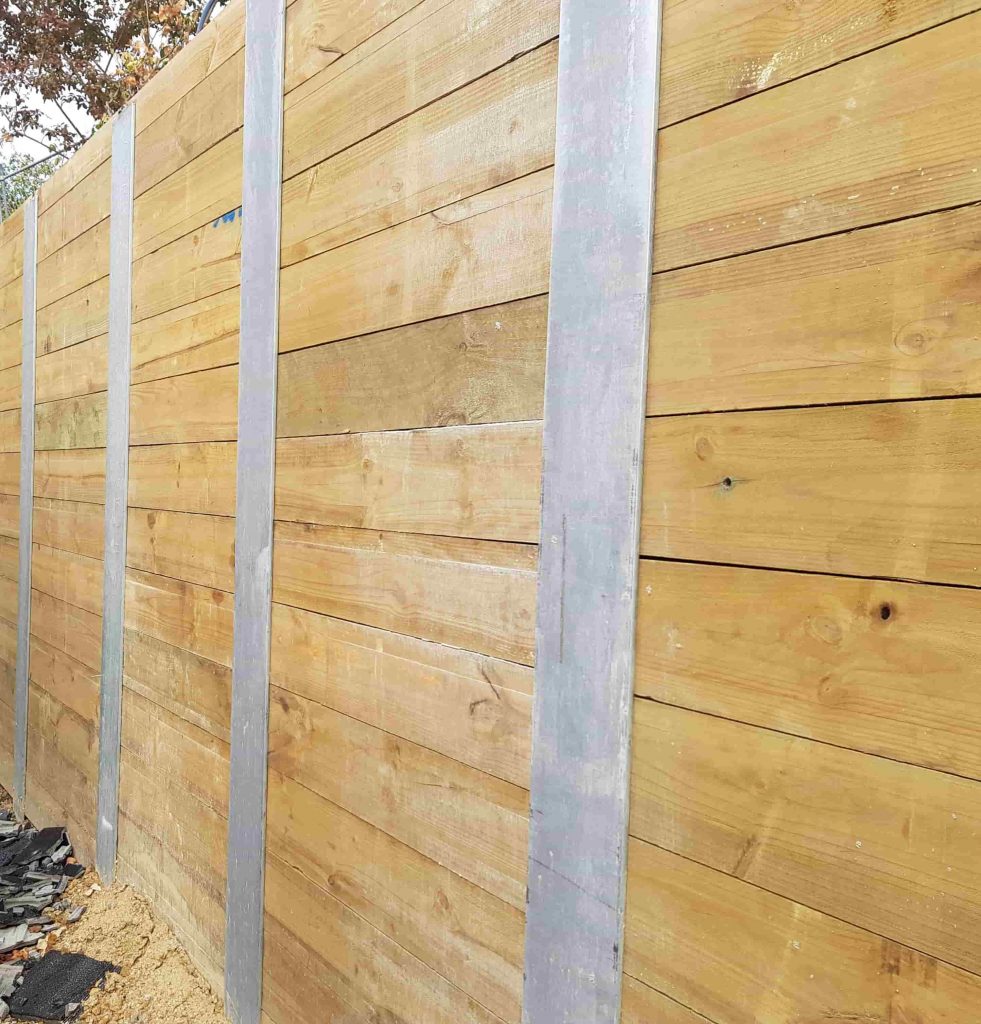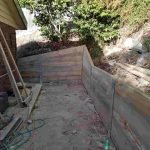Introduction
Building a retaining wall can be one of the most intelligent choices for landscape management, especially when handling sloped terrains. However what should you anticipate from a retaining wall building and construction team? The answer lies in understanding their competence, the materials they use (like timber sleeper and concrete sleeper), and how they manage the job from start to end up. This post intends to assist you through every aspect of hiring a professional retaining wall building and construction team, making sure that your investment pays off in longevity and quality.
What to Anticipate from a Retaining Wall Construction Team
When you're considering setting up a Click to find out more retaining wall, the very first concern that enters your mind is probably about the building and construction team. What credentials do they have? How knowledgeable are they with different kinds of walls like those made from timber sleepers, concrete sleepers, and even using H beams?
The Significance of Professional Expertise
A professional construction team will not just offer physical labor however also vital know-how. They must use insights into:
- Material Selection: Understanding whether timber sleeper or concrete sleeper is suitable for your project. Design Factors to consider: Understanding how high and wide the wall needs to be based upon soil type and slope. Regulatory Compliance: Guaranteeing all work meets regional codes and permits.
Understanding Maintaining Walls: Types and Materials
Types of Keeping Walls
Retaining walls can be found in a number of forms:
Gravity Walls- Depend on their weight to withstand pressure.
- Utilize utilize gained by extending backwards into the earth.
- A variation of cantilever walls that consist of additional reinforcement.
- Often utilized for waterside tasks; great for restricted space situations.
- Use cable televisions anchored in soil or rock behind the wall for included support.
Materials Utilized in Retaining Wall Construction
When selecting materials, consider your visual choices as well as structural stability:
Concrete Sleepers- Durable, resistant to weathering, and frequently pre-cast.
- A more natural appearance but may require more upkeep over time.
- Offers a natural visual but can be costly.
- Easy to install and readily available in numerous styles.
- Utilized for larger walls requiring additional strength.
The Preliminary Consultation Process
Setting Up Your First Meeting
Your interaction with the building and construction group begins here; it's essential to put down expectations:
- Discuss your goals for the retaining wall. Outline your budget constraints. Explore various material alternatives (timber sleeper vs concrete sleeper).
Site Assessment
A comprehensive website assessment is essential:
- The group need to evaluate soil conditions. Assess drain problems that could impact wall stability. Identify any regional guidelines affecting construction.
Design Stage: What You Must Know
Drafting Strategies and Blueprints
During this phase, expect comprehensive discussions about design elements:
- Height, length, and aesthetic appeals require to be finalized. The value of drain systems ought to be highlighted.
Material Choices Explained
You'll have numerous options when it comes to products:
|Product Type|Pros|Cons|| --------------------|---------------------------|----------------------------|| Timber Sleeper|Inexpensive, Natural Appearance|Less long lasting gradually|| Concrete Sleeper|Strong, Weather Condition Resistant|Higher preliminary cost|| H Beam|Extremely durable|Requires specialized labor|
Permitting: Necessary Steps Before Building And Construction Begins
Obtaining licenses isn't simply bureaucracy; it's vital for legality:
- Understand local zoning laws governing structures on slopes. Your professional will generally assist with the paperwork needed.
Preparing the Website for Construction
Clearing and Grading the Area
Before any actual building occurs:
The area must be cleared of vegetation. Proper grading makes sure water flows far from your home instead of pooling around the base of the wall.Excavation Work: An Important Step
Excavation is not simply digging; it's tactical planning!
Depth should accommodate both wall height and drainage needs. Secure any needed disintegration control procedures during this stage.Construction Day: Expectations Vs Reality
Workforce Coordination
Expect a well-coordinated team on-site:
Each member need to know their function clearly-- be it excavating, blending concrete, or assembling lumber sleepers. Communication is key; make sure everyone's on board with safety protocols.Material Delivery Timing and Handling
Materials like concrete sleepers or H beams should arrive prompt to prevent delays:
- Ensure that delivery van can access tight locations quickly without harmful existing landscaping.
Quality Control Throughout Construction
Regular Assessments by Professionals
As construction advances, regular checks are important:
Inspect foundation work before moving forward. Ensure walls are plumb and level at each stage-- this avoids future structural issues.Adaptability During Build Process
Sometimes things don't go according to plan! Here's where versatility shines:
Be prepared for unexpected obstacles like poor soil conditions requiring style changes.

Trust your professional group; they're there for a reason!


FAQs About Retaining Wall Construction Teams
Q1: How long does it generally take to construct a retaining wall?
A: Typically, building a retaining wall could take anywhere from a few days as much as a number of weeks depending upon size, complexity, and weather conditions.
Q2: What sort of maintenance do keeping walls require?
A: Upkeep can vary based on products used-- wood sleepers may require sealant every few years whereas concrete sleepers might require less regular attention unless fractures appear.
Q3: Can I build my own keeping wall?
A: While DIY is possible, enlisting specialists guarantees proper design adherence and structural stability-- especially crucial if you lack experience in landscaping or engineering principles!
Q4: Do I require drainage behind my maintaining wall?
A: Absolutely! Correct drain keeps pressure off your wall structure avoiding bulging or collapse over time.
Q5: Can I repurpose old lumber or bricks for my keeping wall?
A: Yes! Repurposing materials can include character-- however make sure they're structurally sound enough for long-term use!
Q6: What occurs if I do not get licenses before building?
A: Not getting needed permits might result in fines or required elimination of your recently constructed wall-- always seek advice from regional regulations first!
Conclusion
In summary, comprehending what to expect from a retaining wall building group goes far beyond just hiring workers; it incorporates whatever from preliminary consultations relating to product options such as lumber sleepers versus concrete sleepers all the way through task completion where quality assurance remains critical throughout every step taken! When you align yourself with experienced specialists who comprehend these intricacies better than anyone else-- you'll find peace-of-mind knowing that not only does your home appearance excellent but also stands strong versus nature's forces!